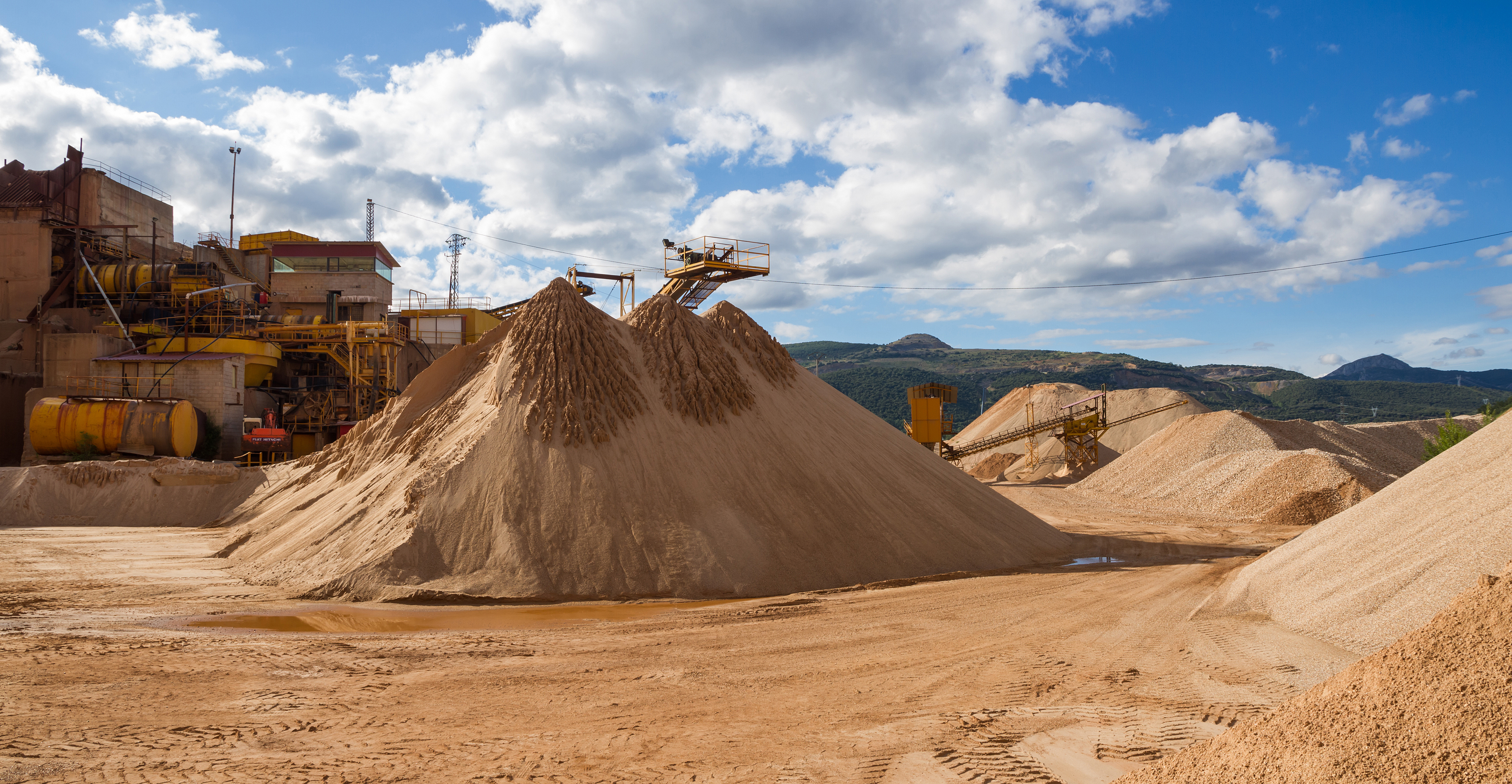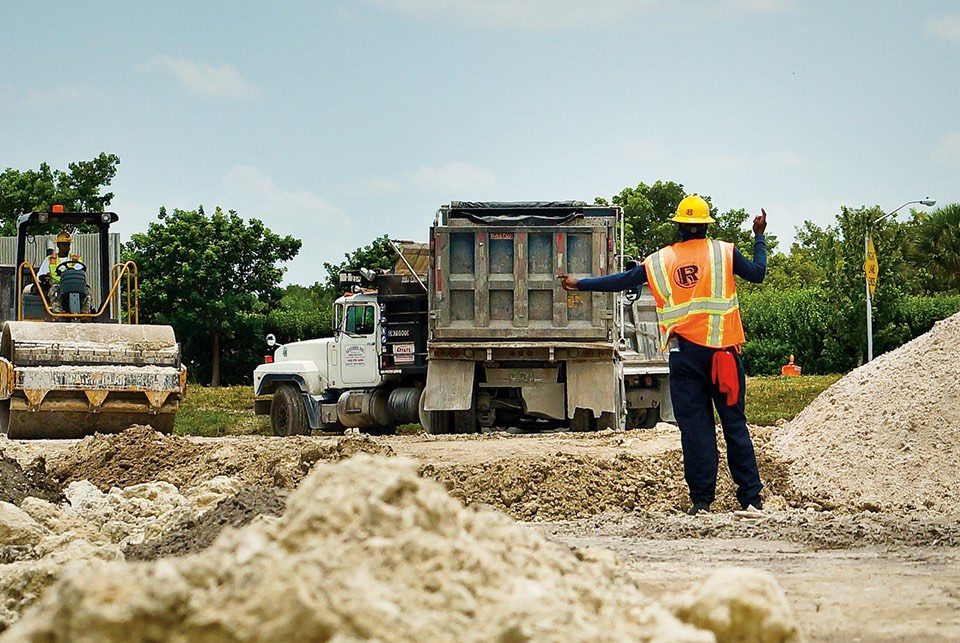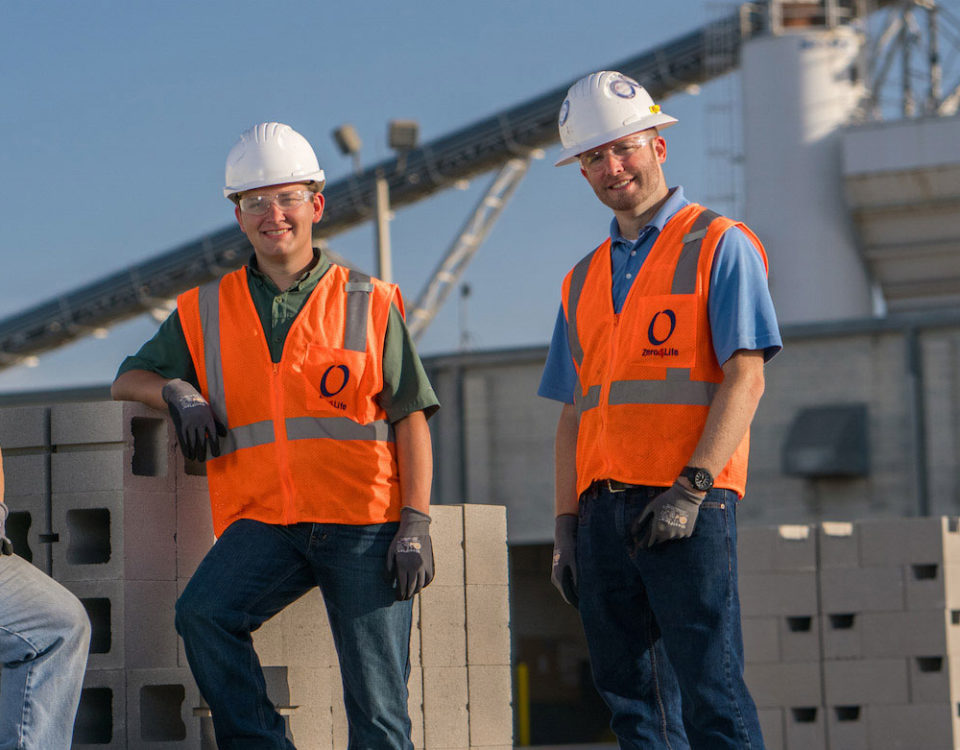
Here’s How Your Local Quarry is Helping YOUR Community!
February 20, 2018
Supplying Critical Resources During the COVID-19 Crisis
April 8, 2020Limestone Around the World
From mortar materials and sculptures to toothpaste and household cleaners. Limestone aggregate is as diverse as the areas of our world where it is found. As one of the oldest materials in the world, limestone is still widely seen in a variety of locations.
Many people don’t consider that limestone, as well as the quarries that extract the essential material, exist throughout the world in some countries. However, in spite of this ample availability, the sedimentary rock is still extremely valuable as an ingredient in virtually everything we use each day.
The United States of America
One of the reasons limestone is used in so many modern homes is that it can be locally sourced here in the United States. Limestone has also been used for projects like The Pentagon, The Lincoln Memorial, and The Empire State building.
France
France provides a diverse collection of limestone. The area produces materials that are a sought-after export for craftsmen and artisans in the United States. Handcrafted limestone features like door surrounds and columns provide many homes with a unique, natural look.
The United Kingdom
The United Kingdom is a major producer of several stone materials. Scotland, Wales, as well as England all produce types of limestone that cannot be found anywhere else in the world. It comes as no surprise that the UK still contributes these vital building materials to other countries.
Egypt
Egypt is home to some of the largest limestone quarries in the world, as well as some of the most recognizable and identifiable limestone structures in the history of humankind.
The stone quarries of ancient Egypt supplied the materials for the Great Pyramid of Giza, one of the Seven Wonders of the Ancient World, as well as the Great Sphinx, that was cut from a limestone quarry.
As a true testament to the durability and versatility of limestone, these structures have stood for over two millennia, and will probably stand long after all of us have gone on to the next life.
Consistently exposed to harsh elements and temperatures of the Egyptian landscape, both structures maintain their integrity. It is important to consider that the landmarks have maintained their structure facing intense heat, and even the sandstorms from the Egyptian desert for over 4000 years.
When we think about modern homes and their limestone foundations, we can rest assured that they should be able to stand up against some of the world’s harshest conditions.
The Abundance of Limestone
Humans have been building with limestone for thousands of years. It possesses numerous benefits that other building materials do not.
Many people look at limestone as the polished limestone tiles or bricks that we may find as an aesthetic feature in the homes of the more financially affluent. However, there are many lessons that we can learn from limestone’s employment throughout the history of the world.
Limestone has proven to be a dependable building material available to builders. Thinking in modern terms, limestone serves as the foundations for roads and interstates, subjected to many of the same elements as the ancient pyramids of Giza.
One could say our modern roads are subjected to worse punishment as our trucks get bigger and cities become more and more overpopulated.
Limestone’s Place Today
Limestone and limestone aggregate remain widely used products today. You can find limestone in many of the products and places you frequent each day – in gardening, construction materials, paints, makeup, or household cleaners.
Mining limestone begins with its extraction from viable deposits in mines and quarries, like the one present in the Lake Belt Region of western Miami-Dade County.
There is no naturally formed rock anywhere in the world that demonstrates the versatility of limestone. Crushing or screening the rock only bolsters the multiplicity of applications.
Between making concrete, road base, pipe bedding, under slab filler, flux stone, driveways, railroad ballast, roofing granules riprap stone, and agricultural lime, the modern uses for limestone are seemingly endless.
Many contractors throughout a wide range of industries maintain interested in utilizing the sedimentary rock in all of its forms for various projects. The stone’s strength, durability, and practicality make limestone the ultimate go-to material for a variety of purposes.




